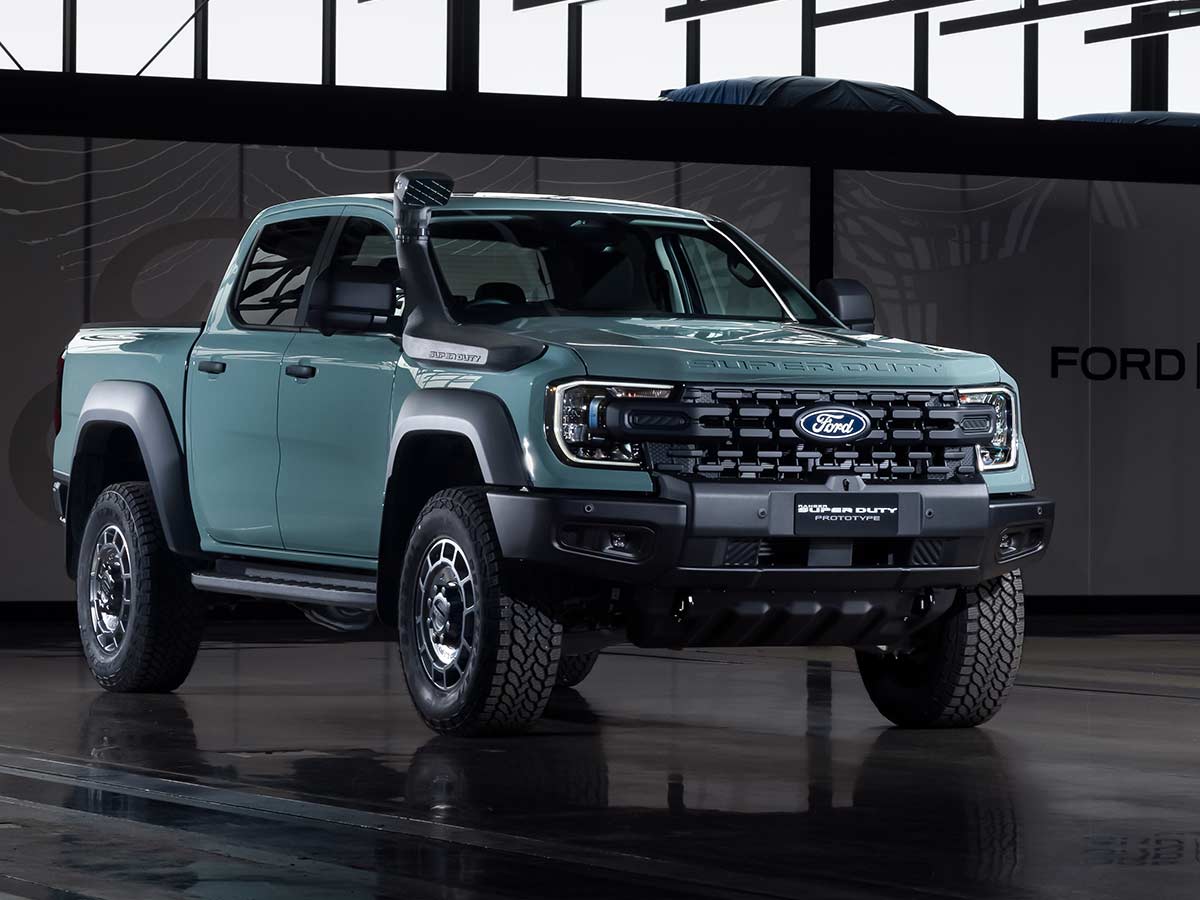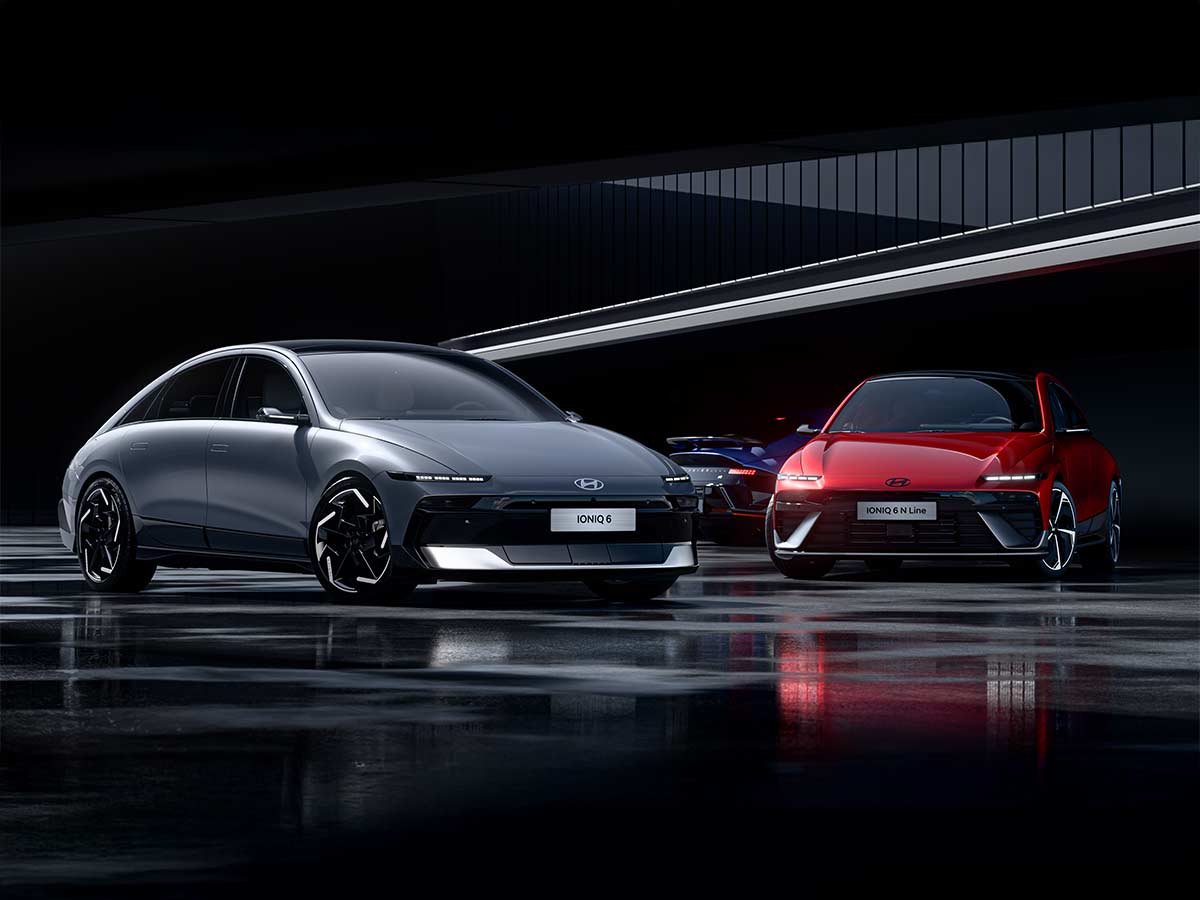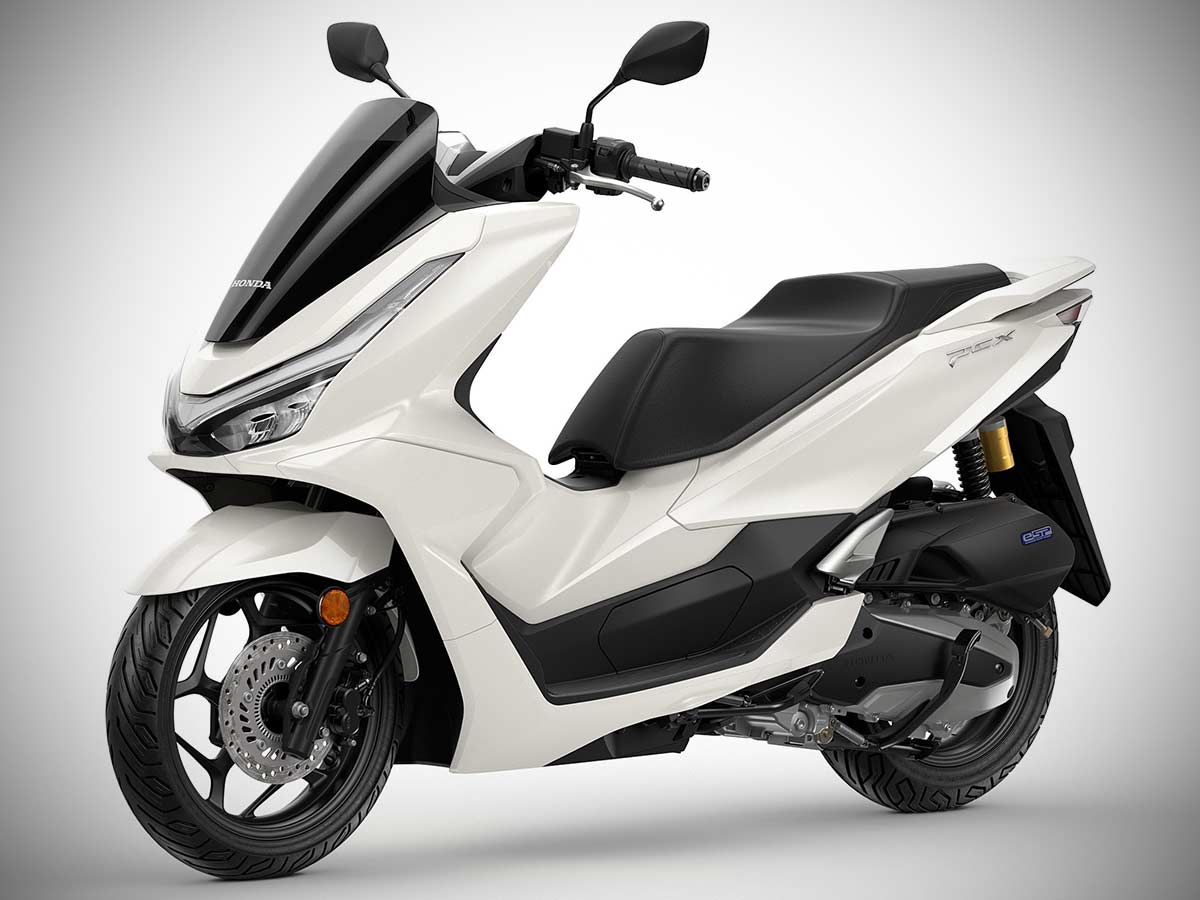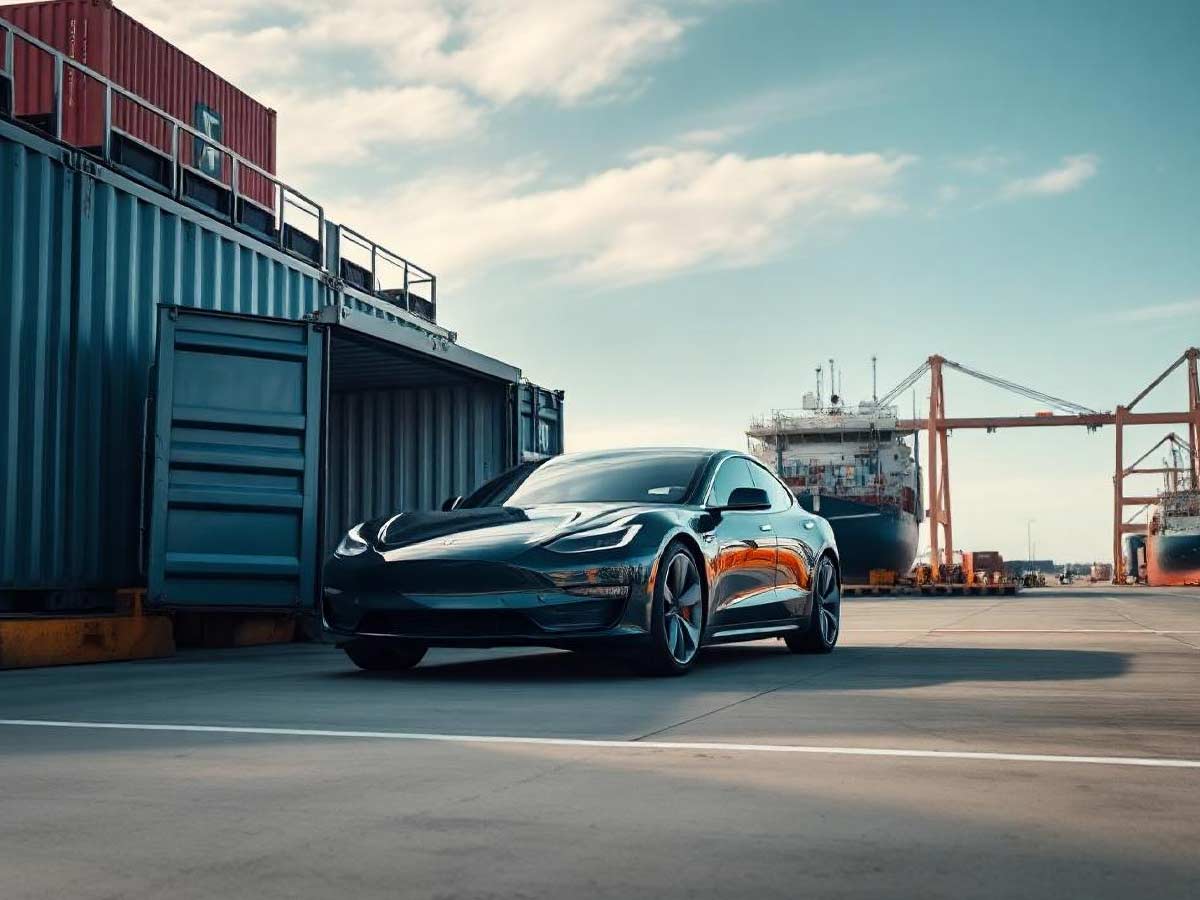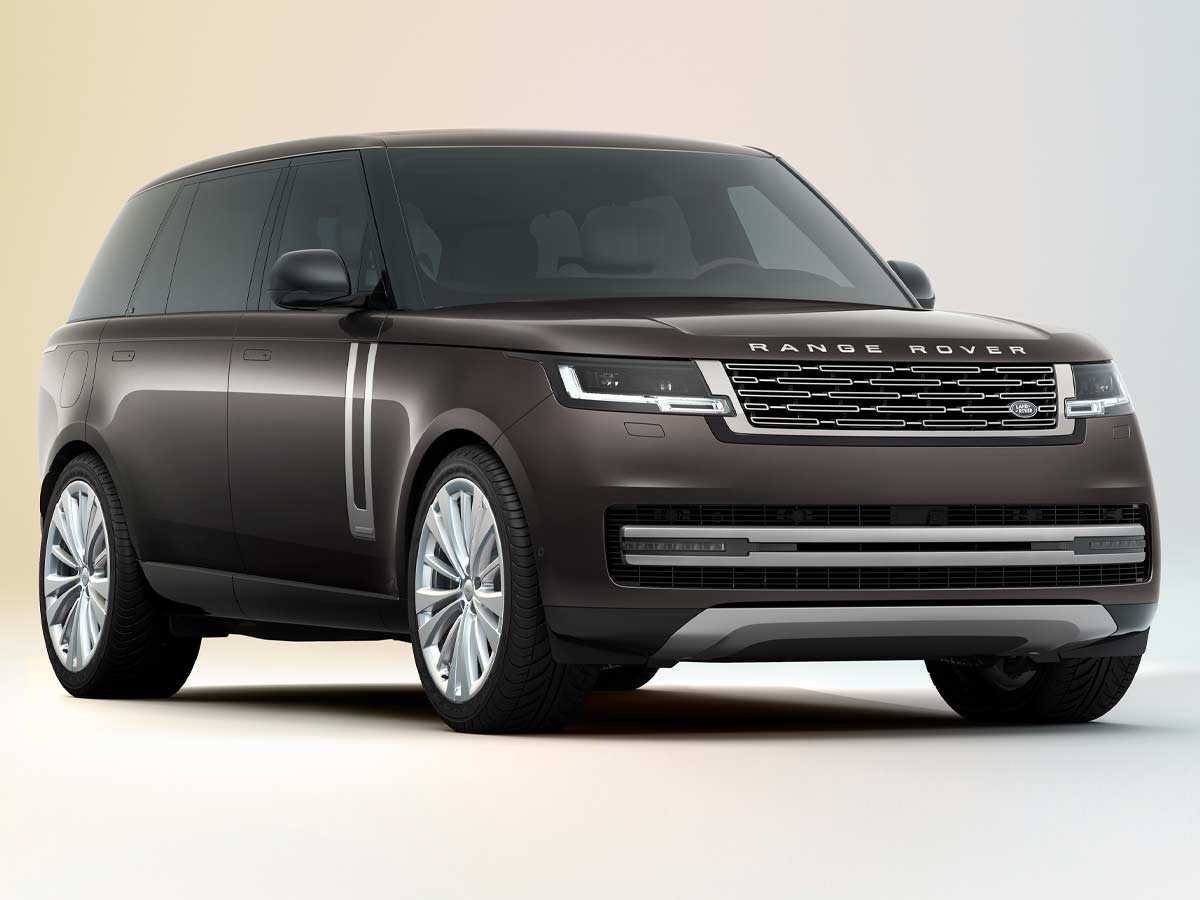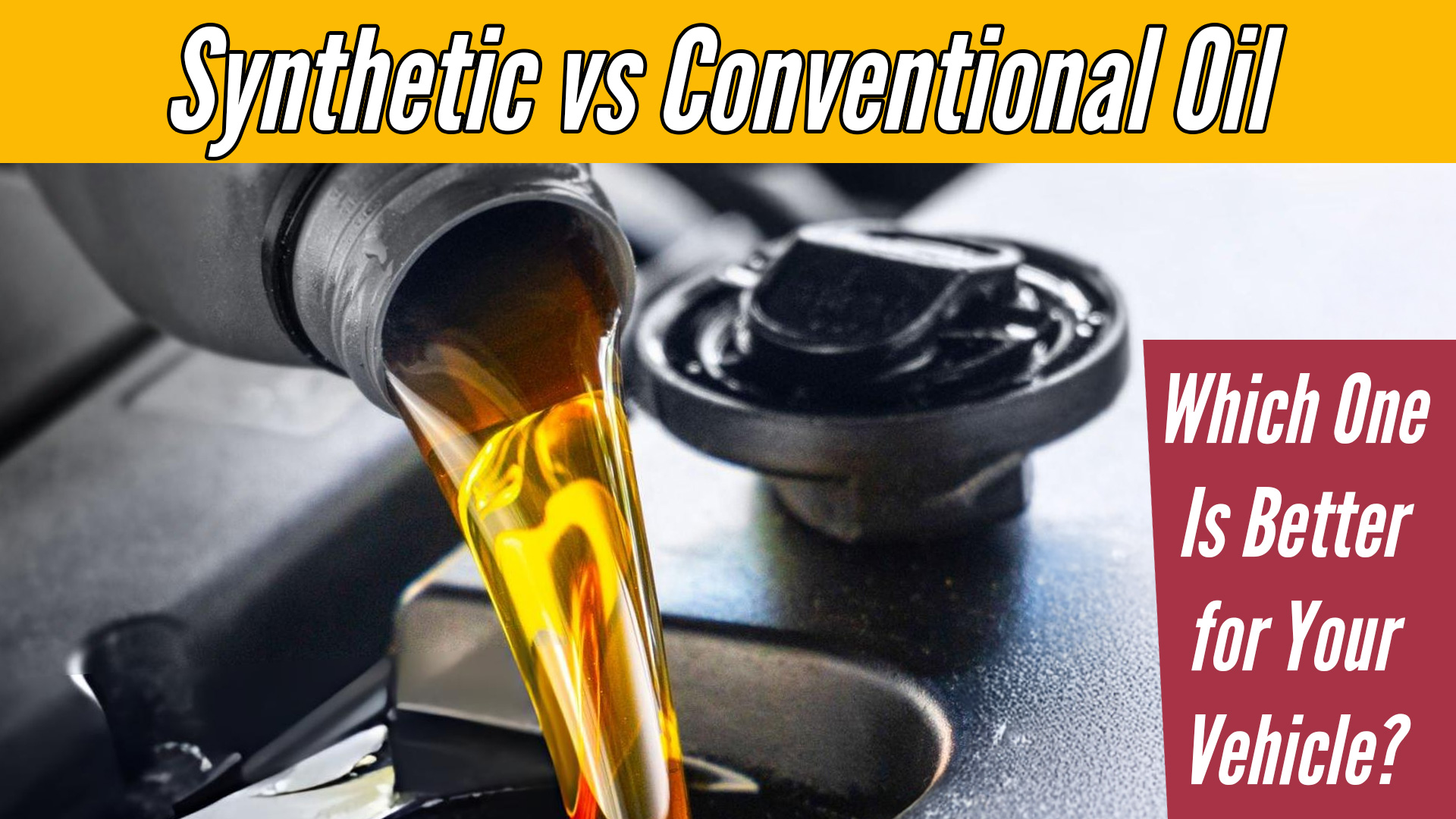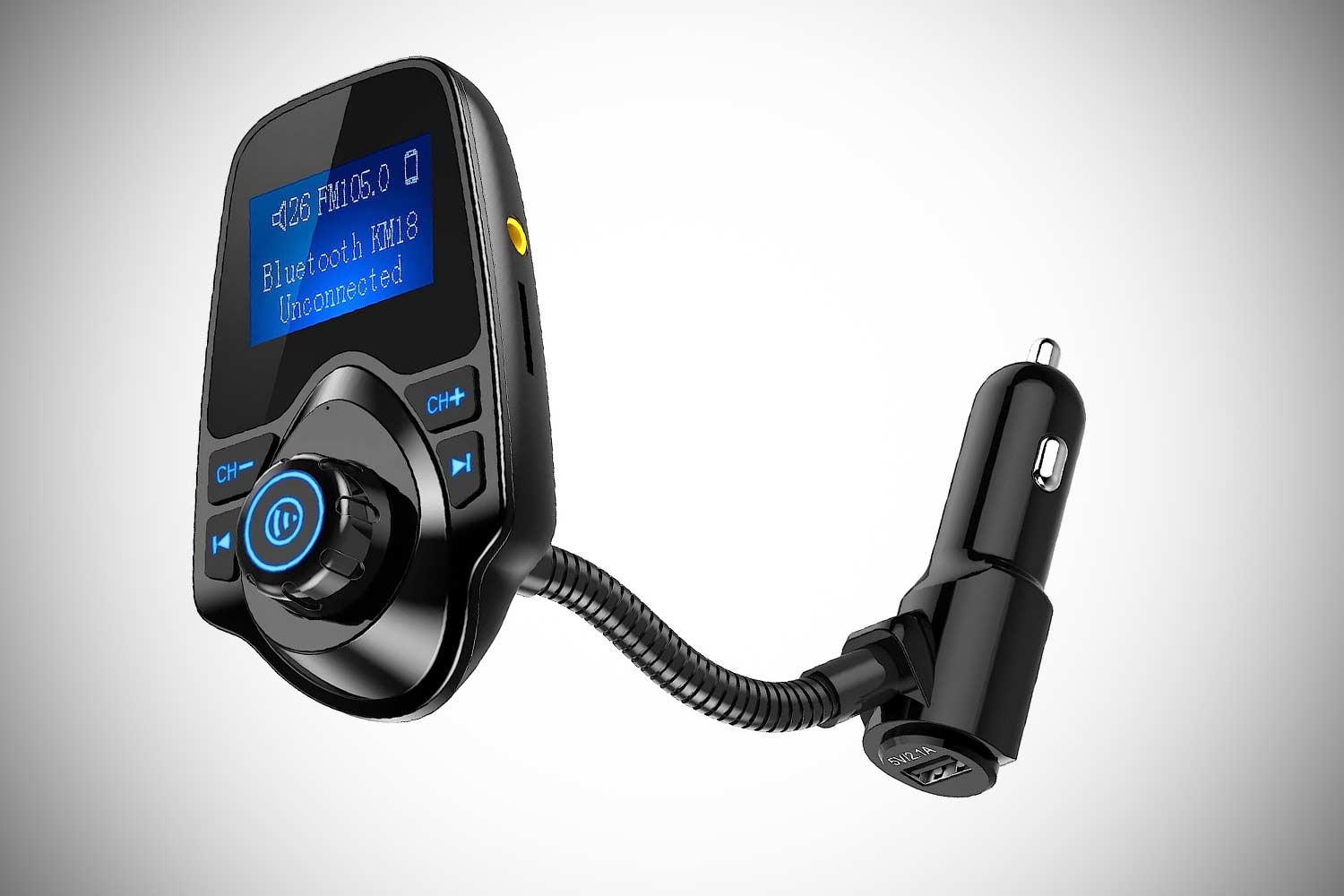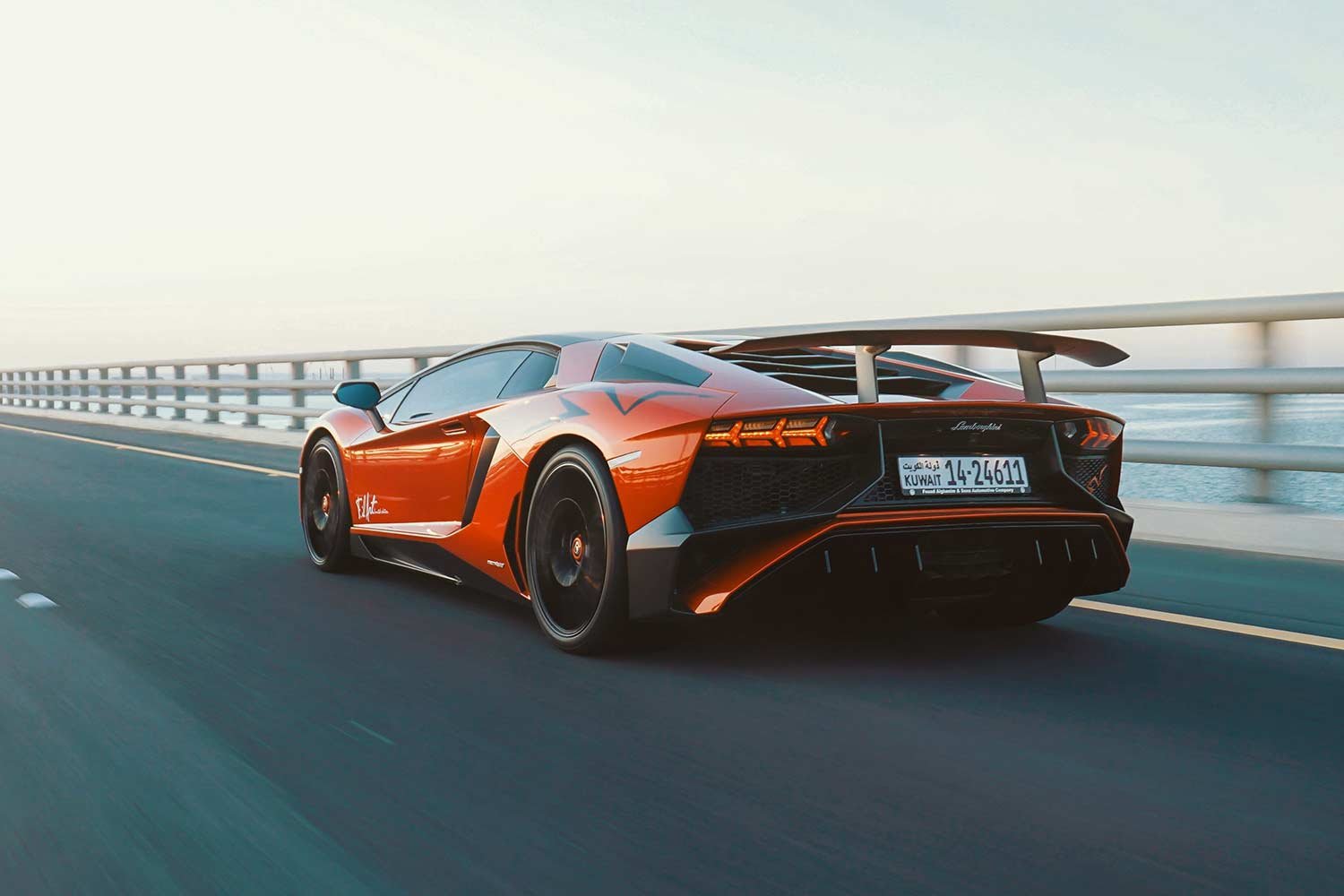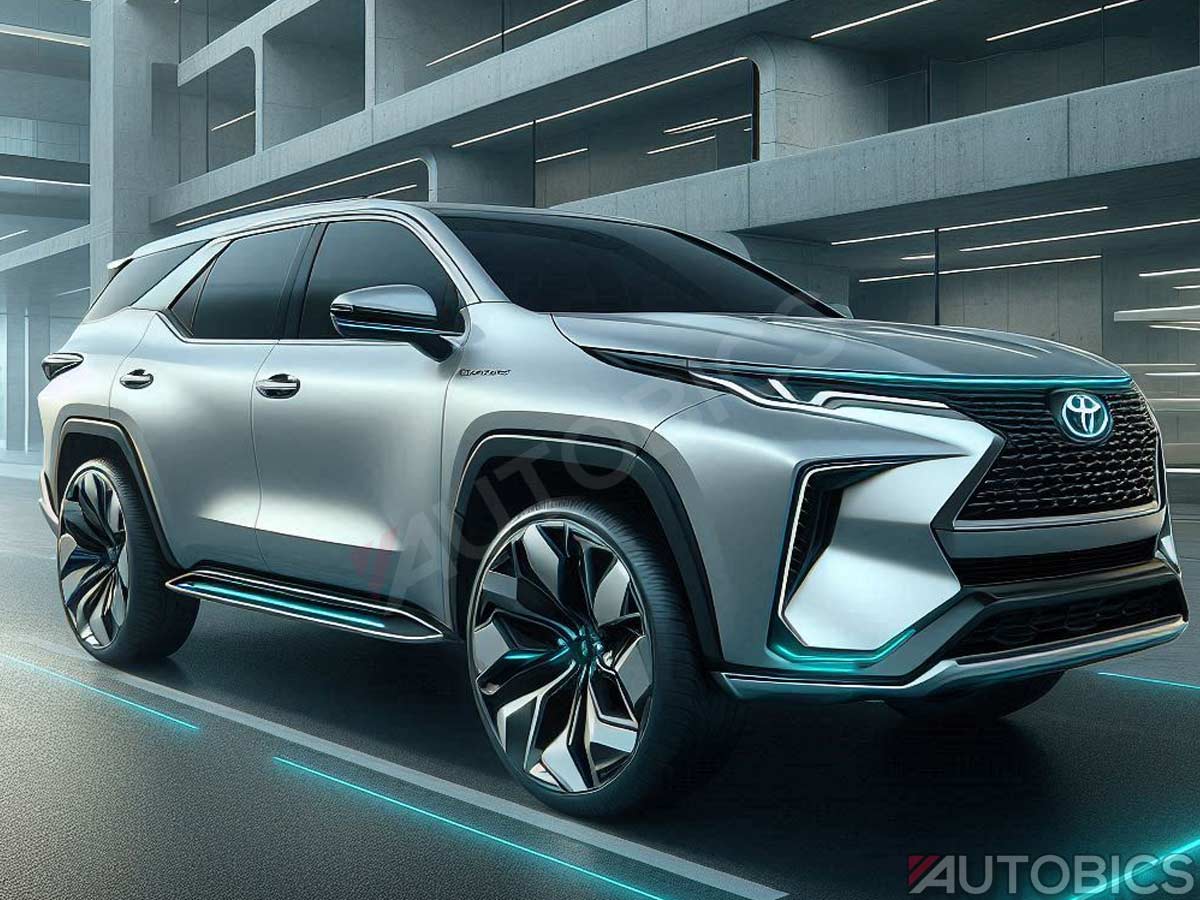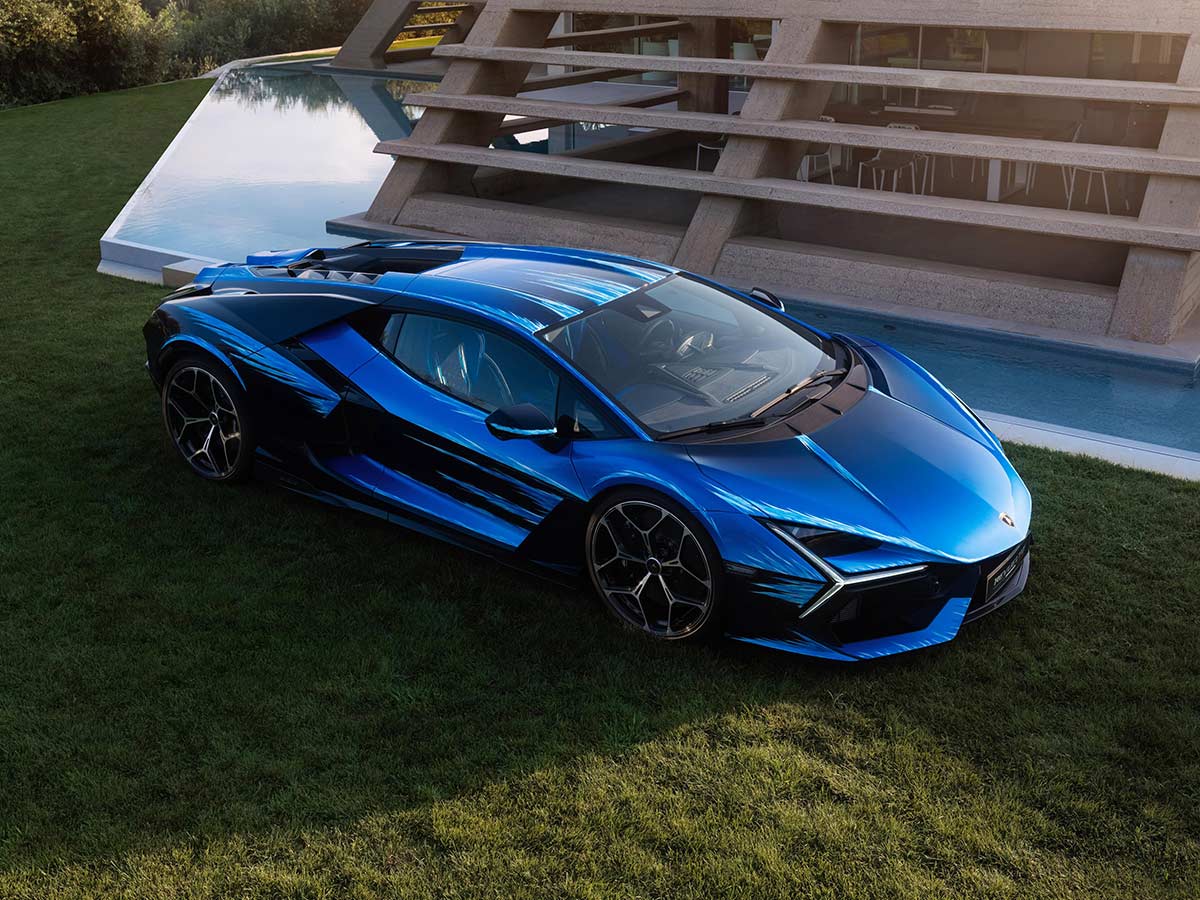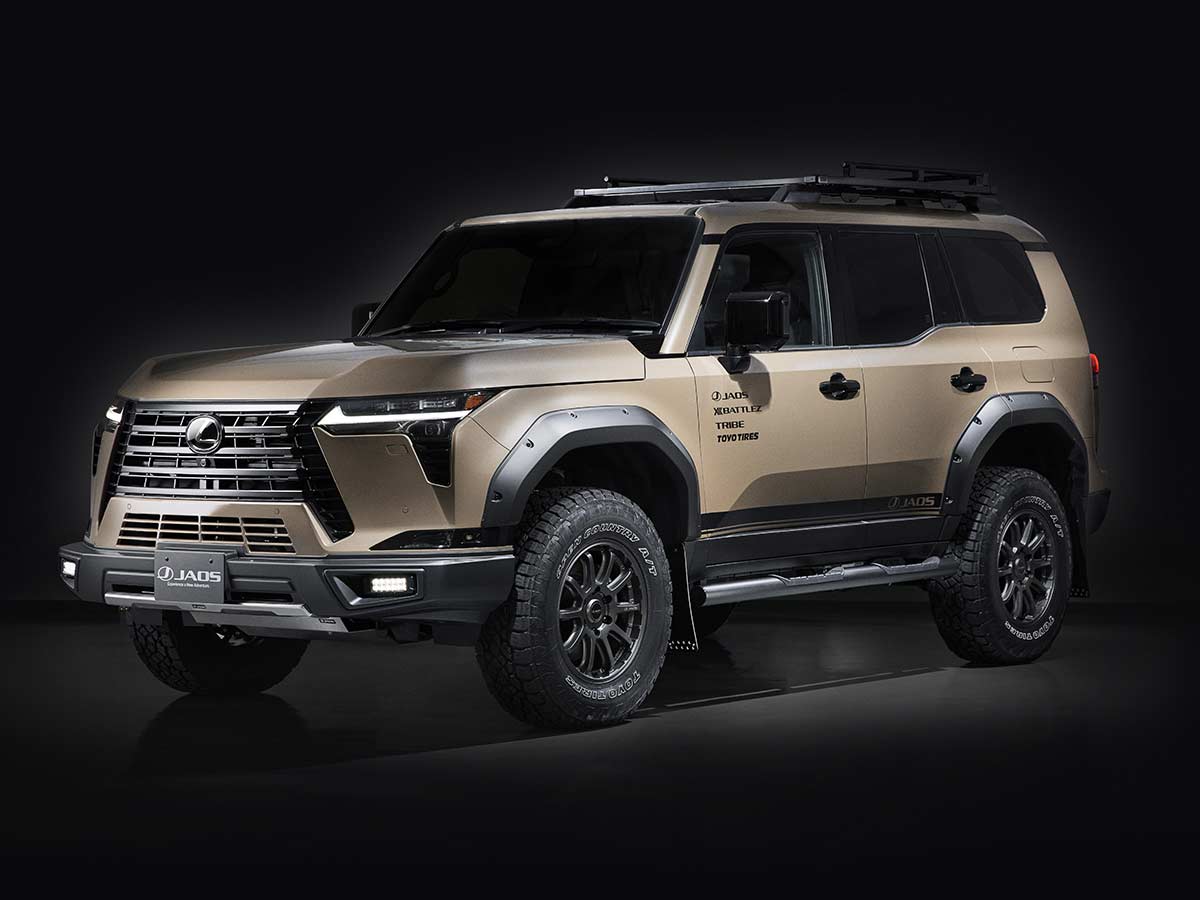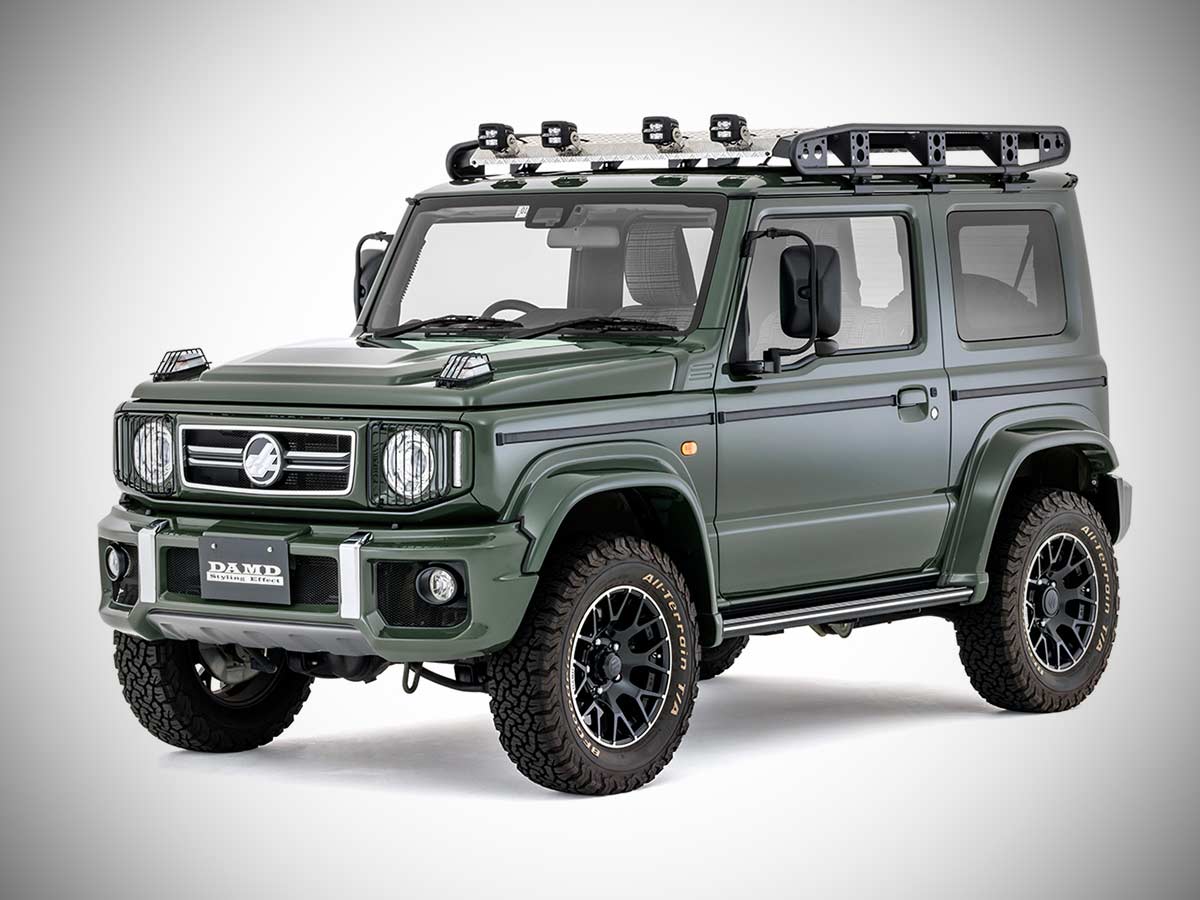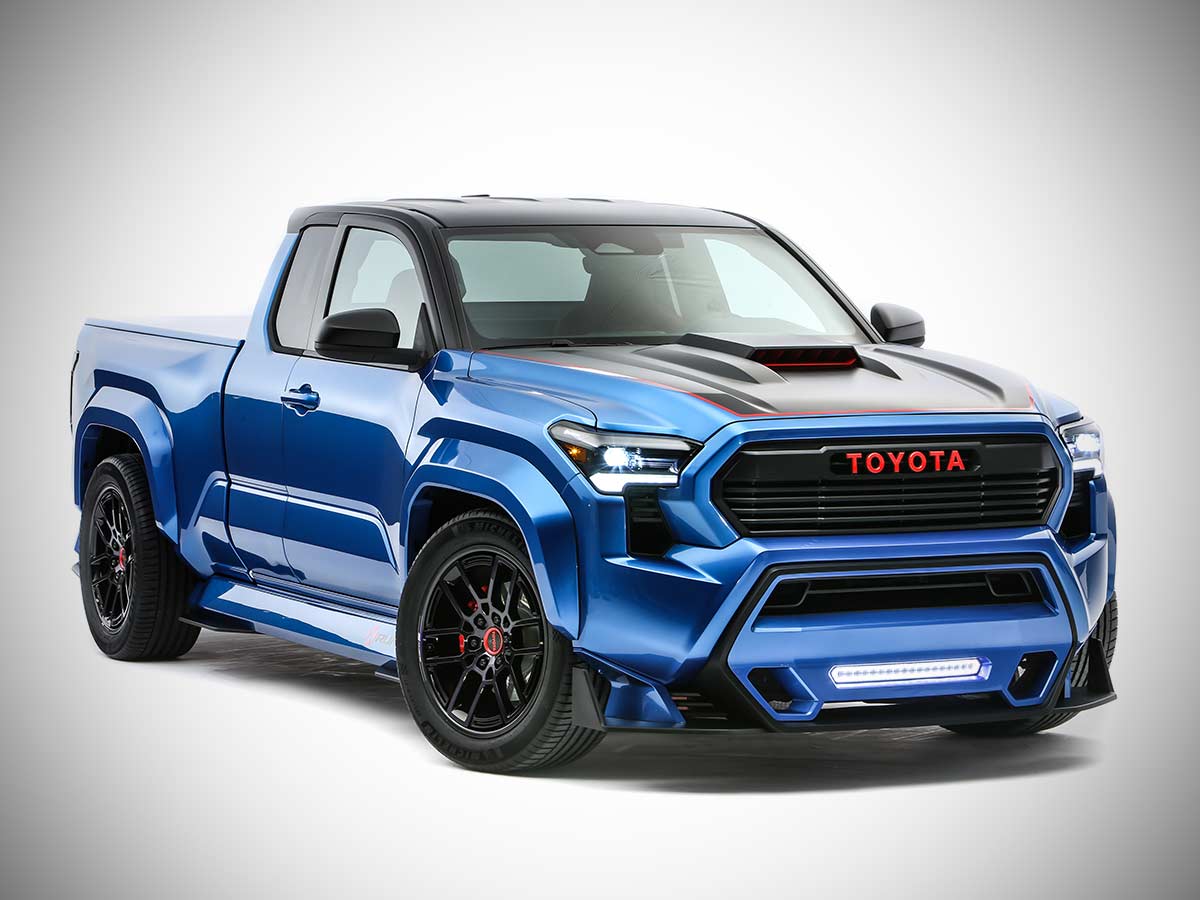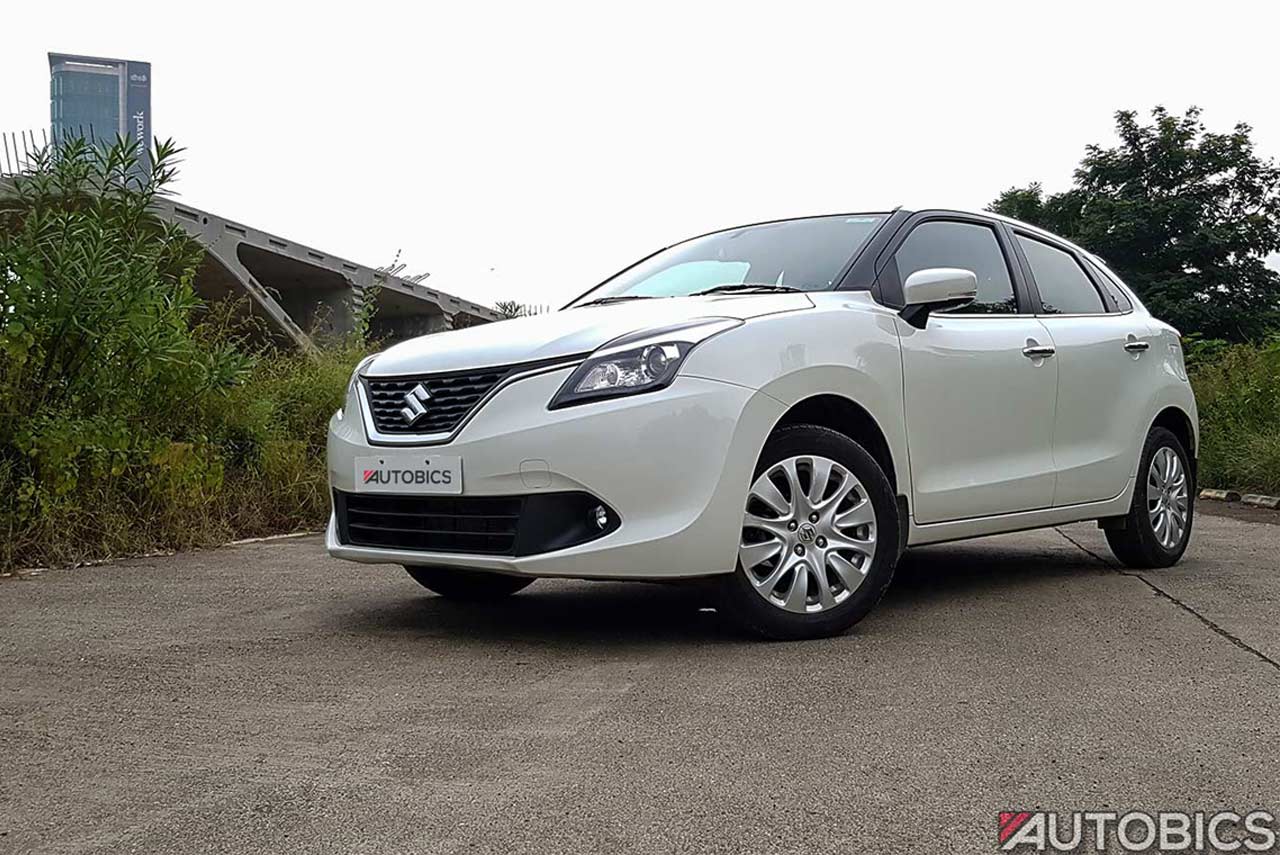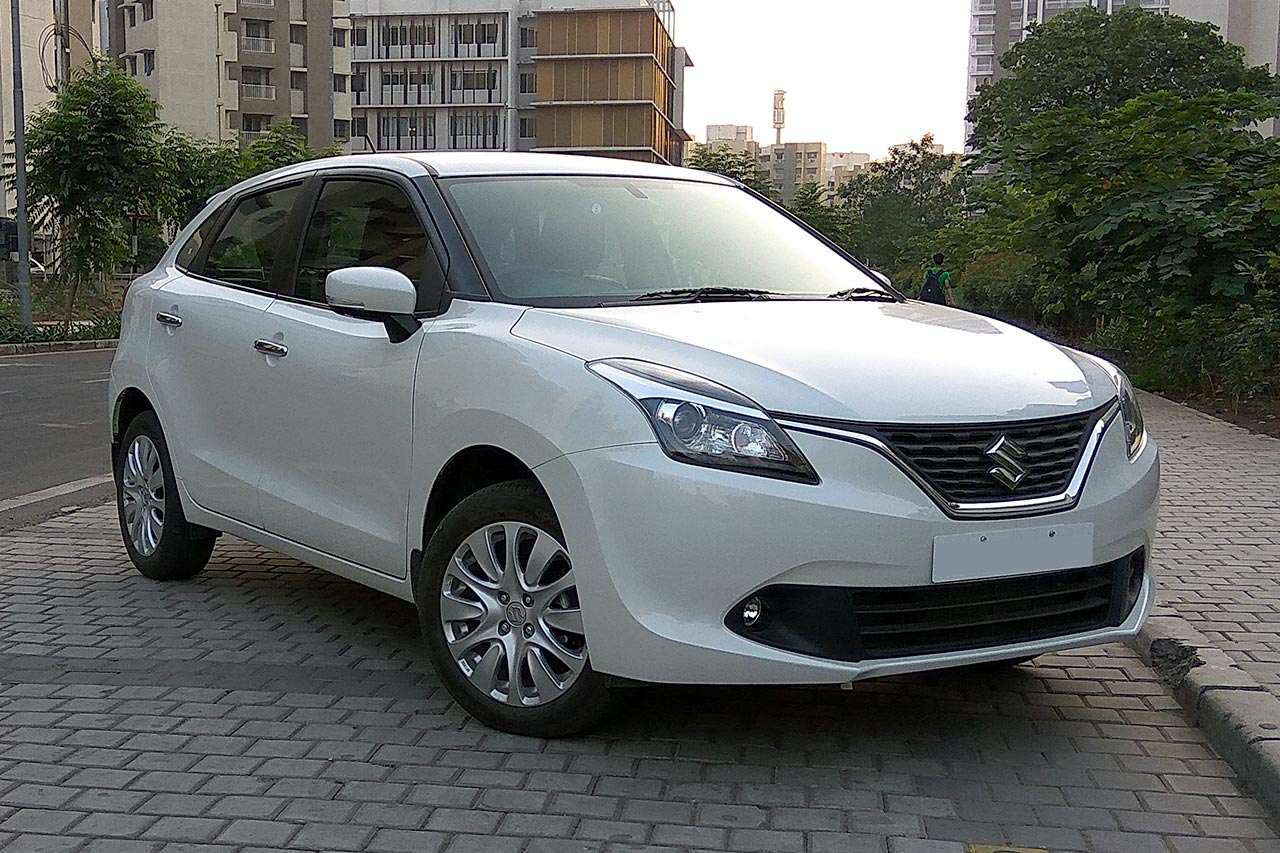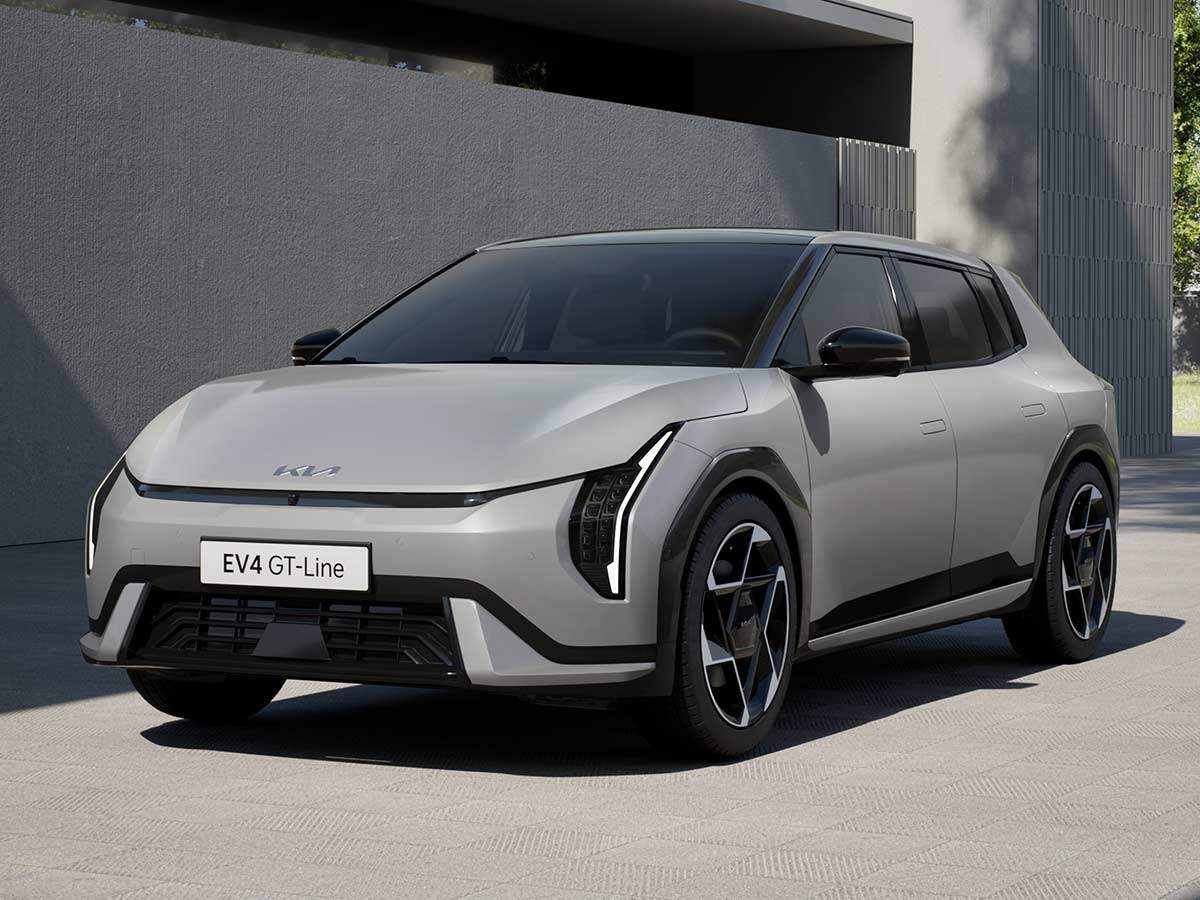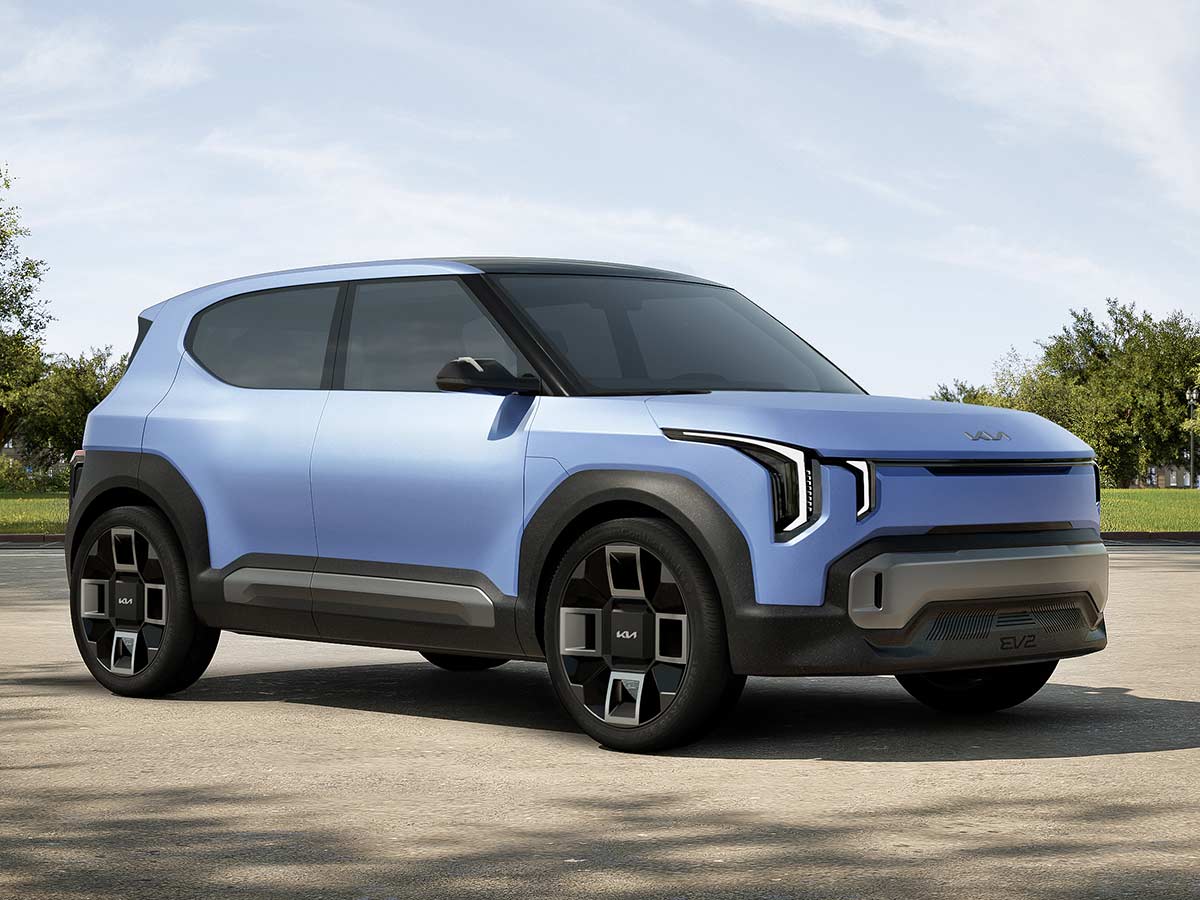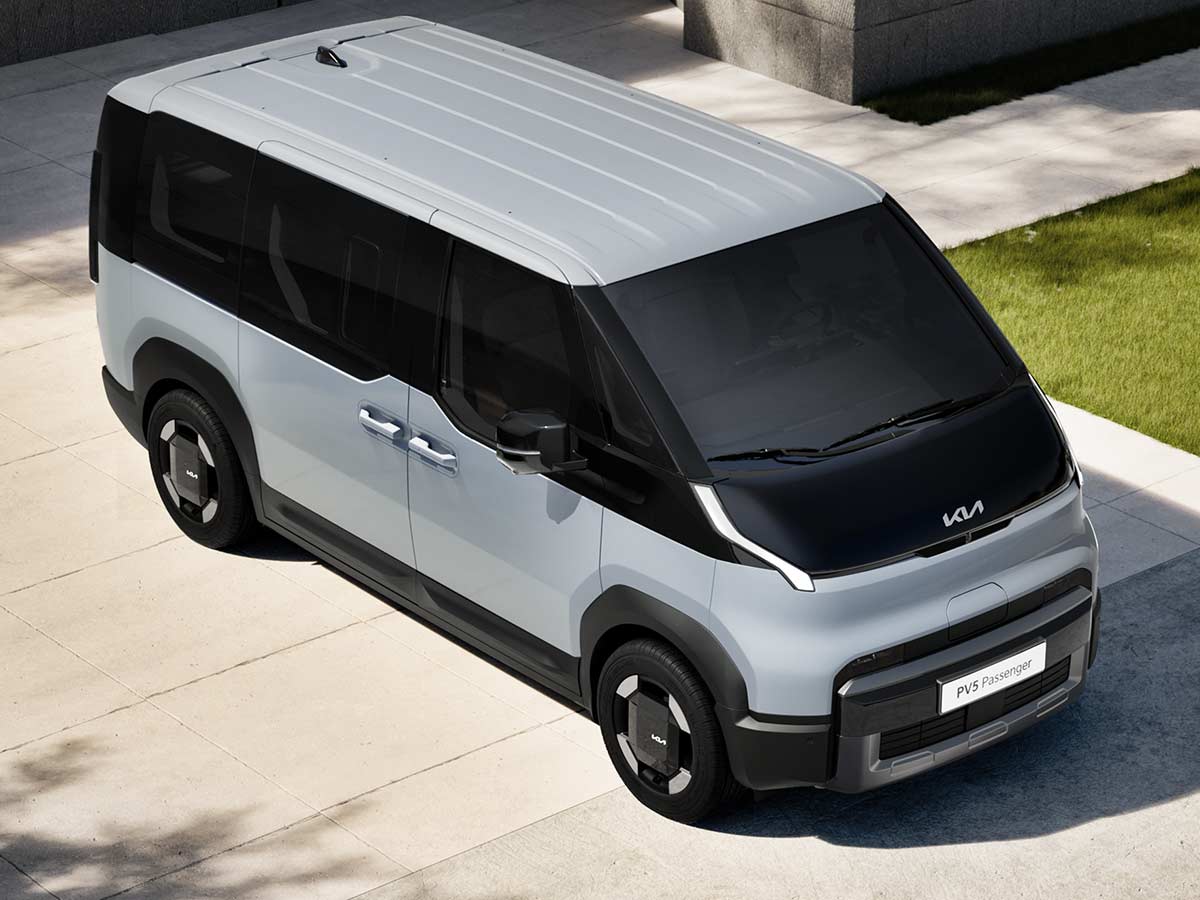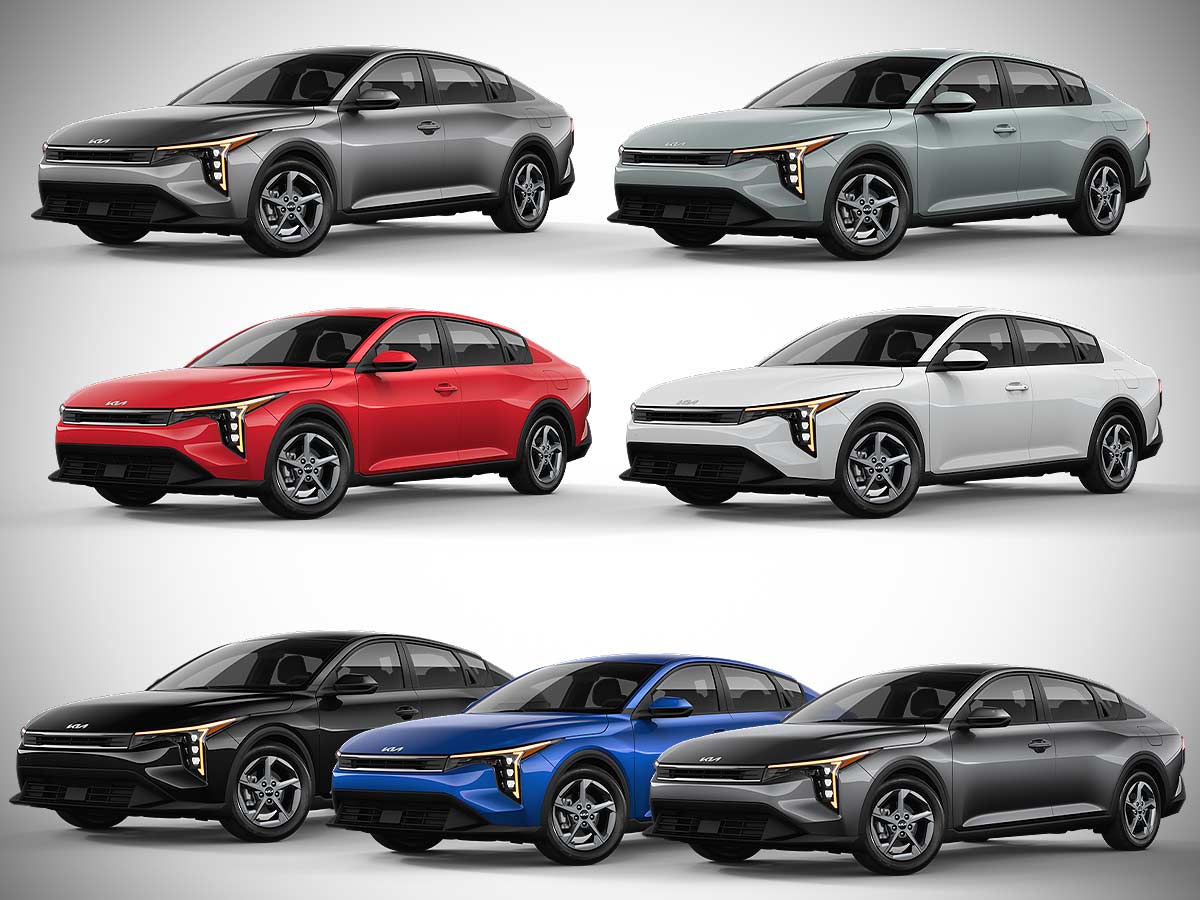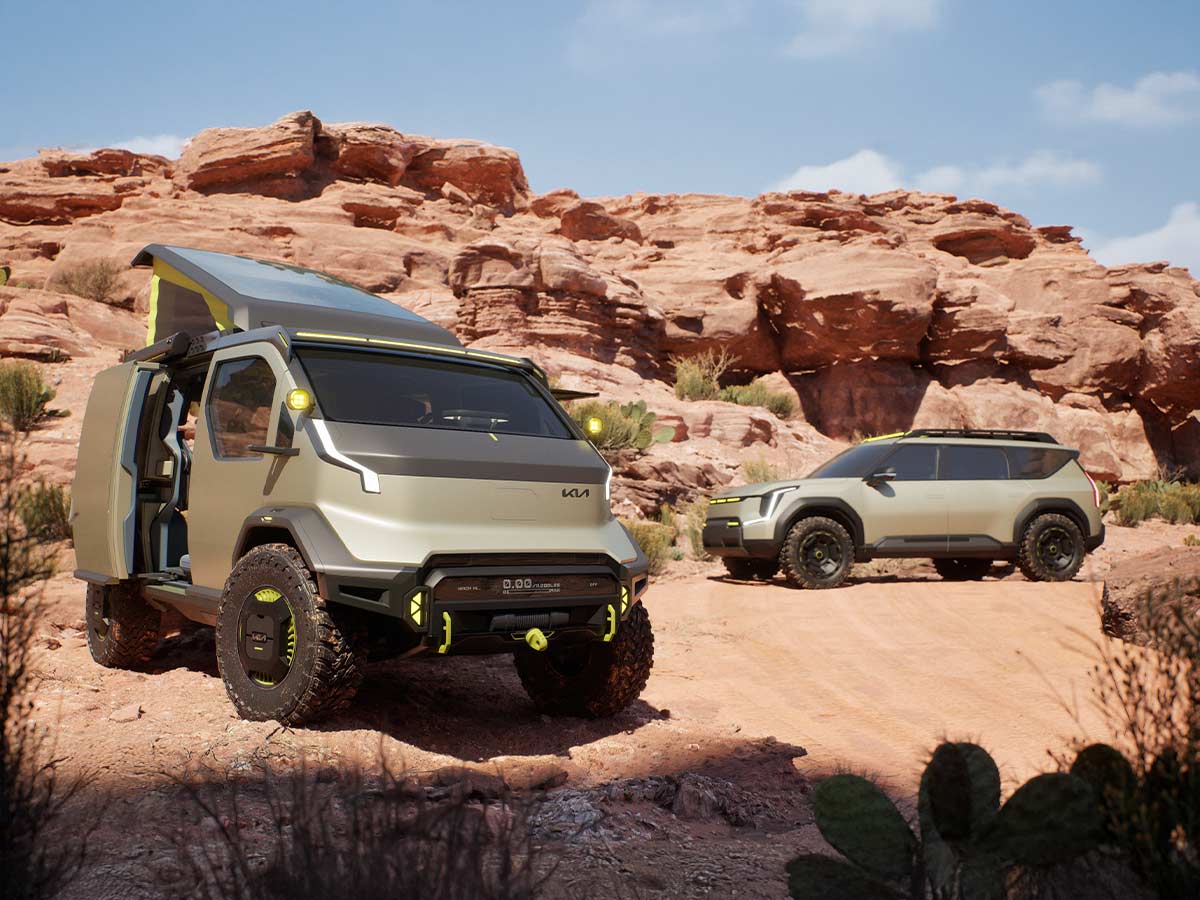The Concept EV3 embodies Kia’s vision for an electric compact CUV that seamlessly combines practicality with the sheer delight of driving. It provides users with the technology, practicality, and design found in Kia’s flagship SUV, the EV9, all in a compact and accessible package. While some may view these qualities as conflicting, Kia’s ‘Opposites United’ design philosophy thrives on delivering innovative, pioneering design solutions by harmonizing seemingly contrasting elements. In the case of the Concept EV3, Kia’s designers drew significant inspiration from the ‘Joy for Reason’ aspect of the design philosophy.
“Joy can be seen as the antithesis of reason. One is a positive, emotional response, and the other is derived from logic. When the two are combined, though, their contrasting qualities merge into a powerful and highly impactful design,” Karim Habib, Executive Vice President, and Head of Kia Global Design Center, said.
“With the Concept EV3, the ‘Joy for Reason’ influence is evident in the contrasting qualities of a robust body combined with a dynamic silhouette. In addition, the unexpected treatment of volumes and graphics simultaneously interlock with each other, creating a logical yet emotional design.”
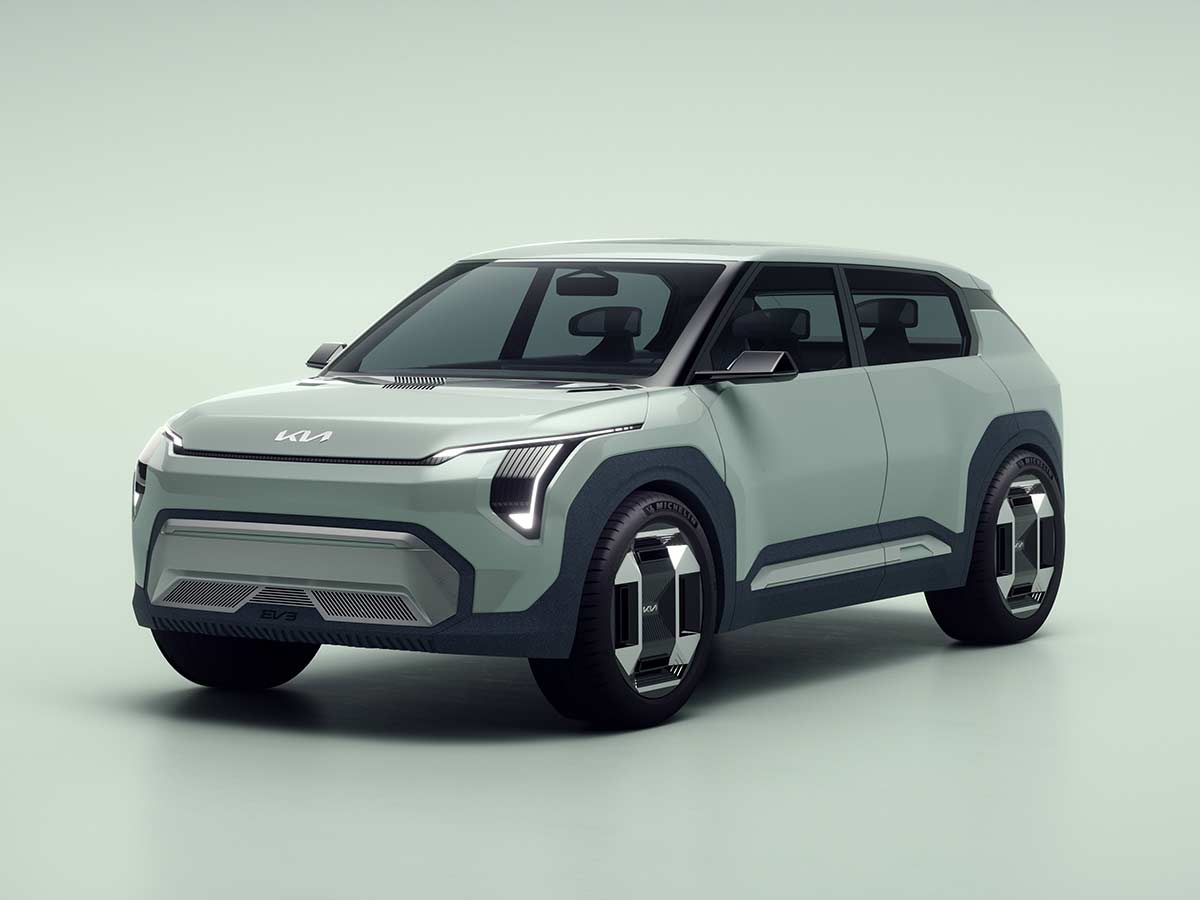
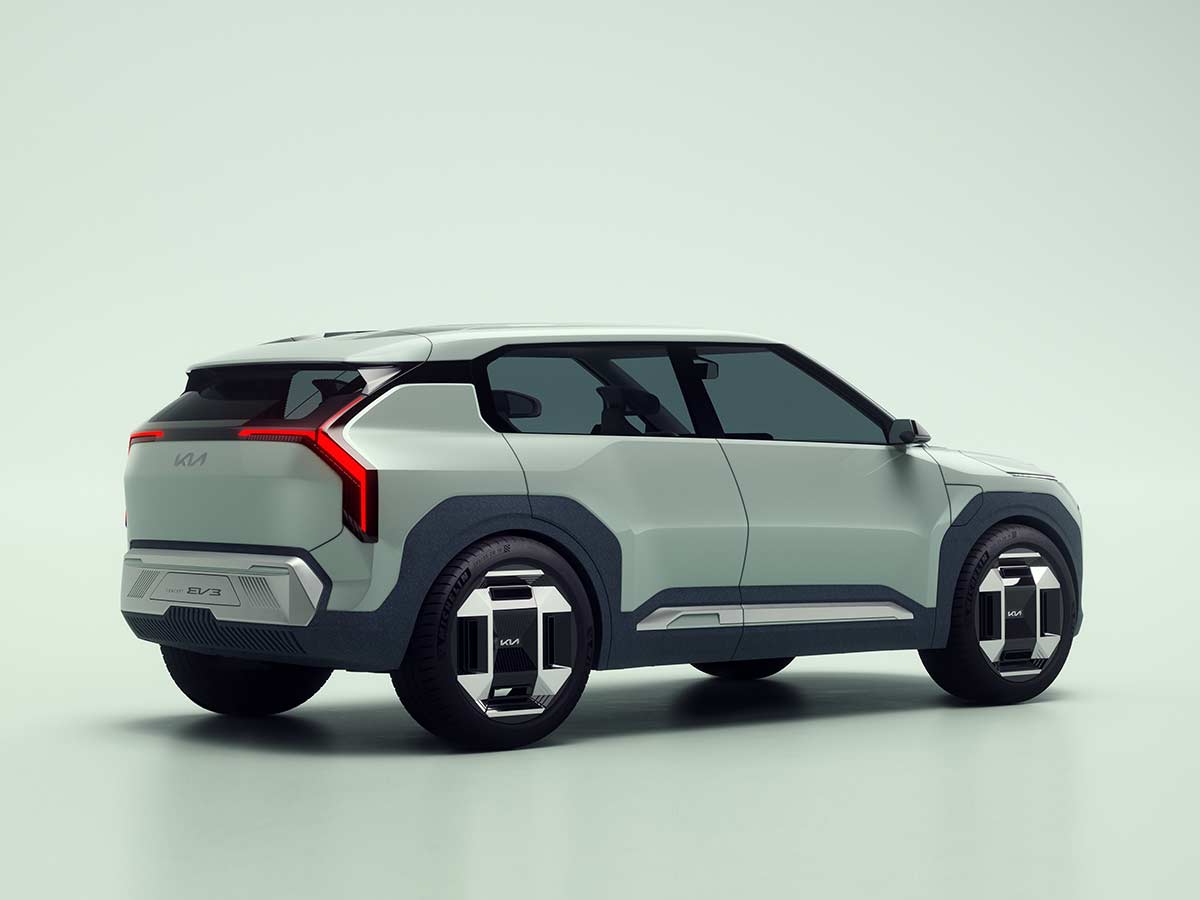
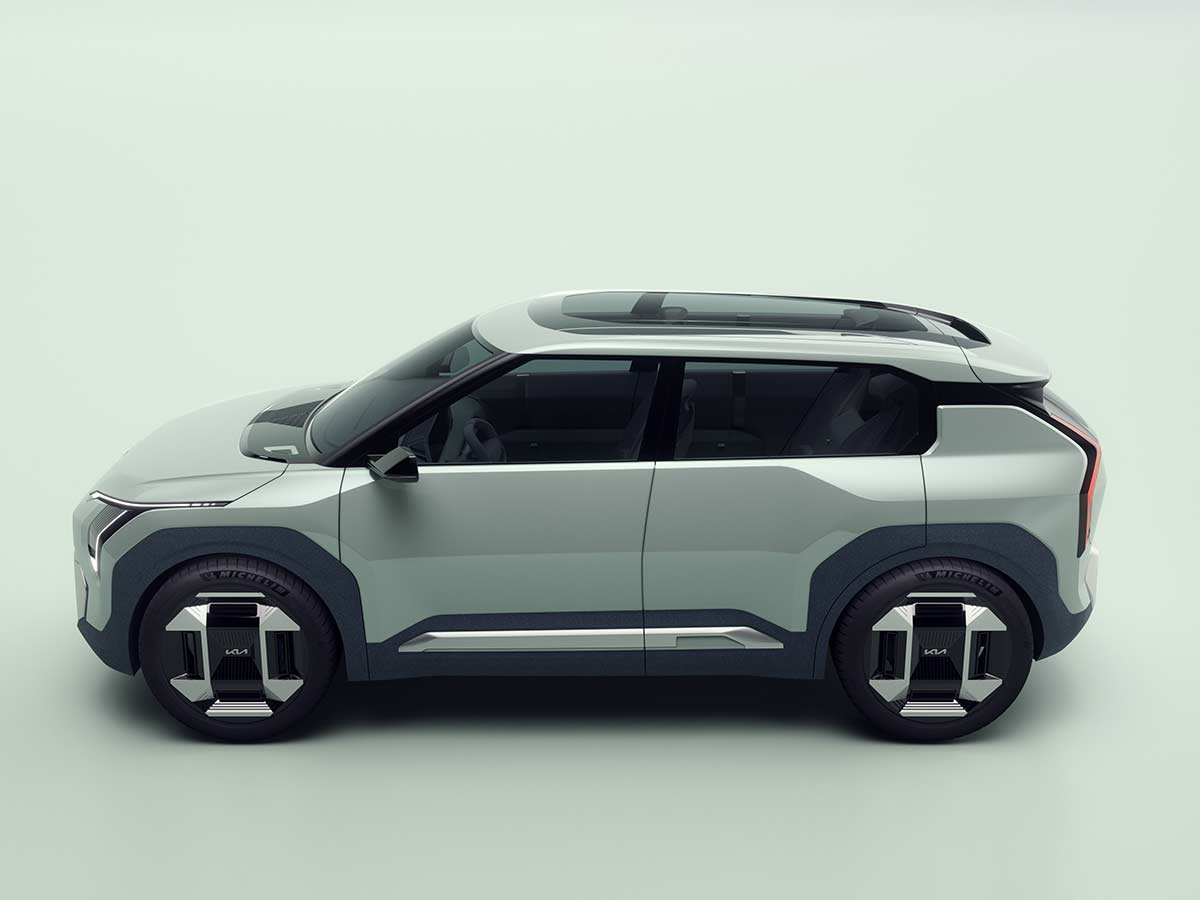

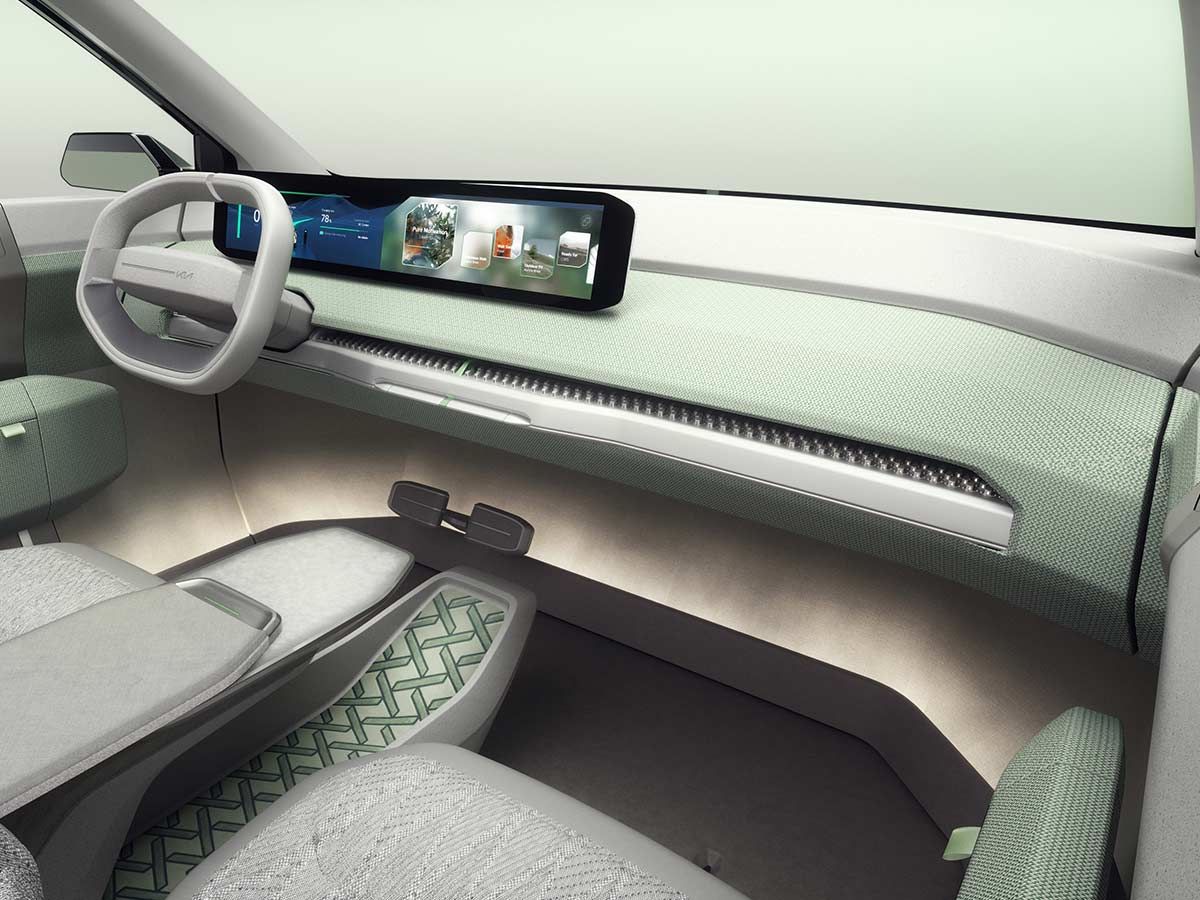
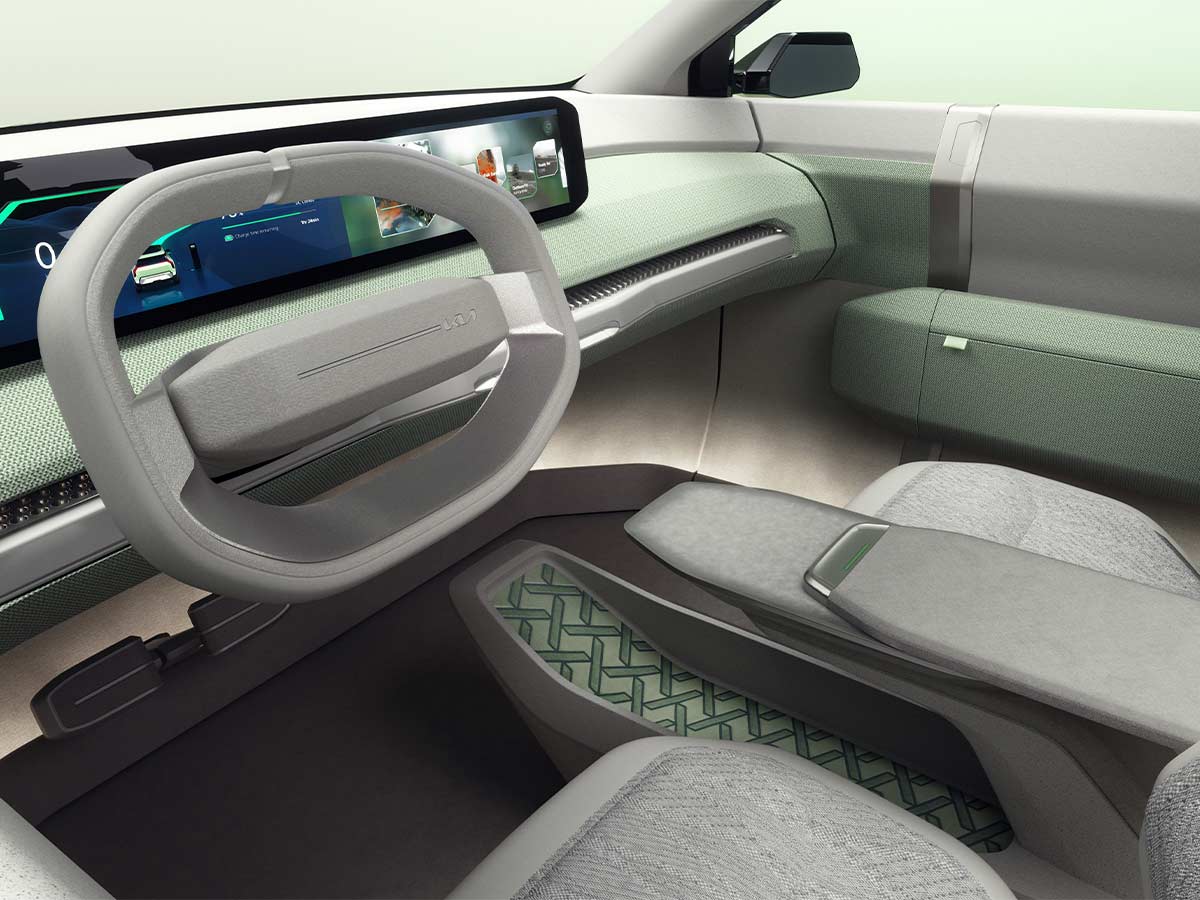
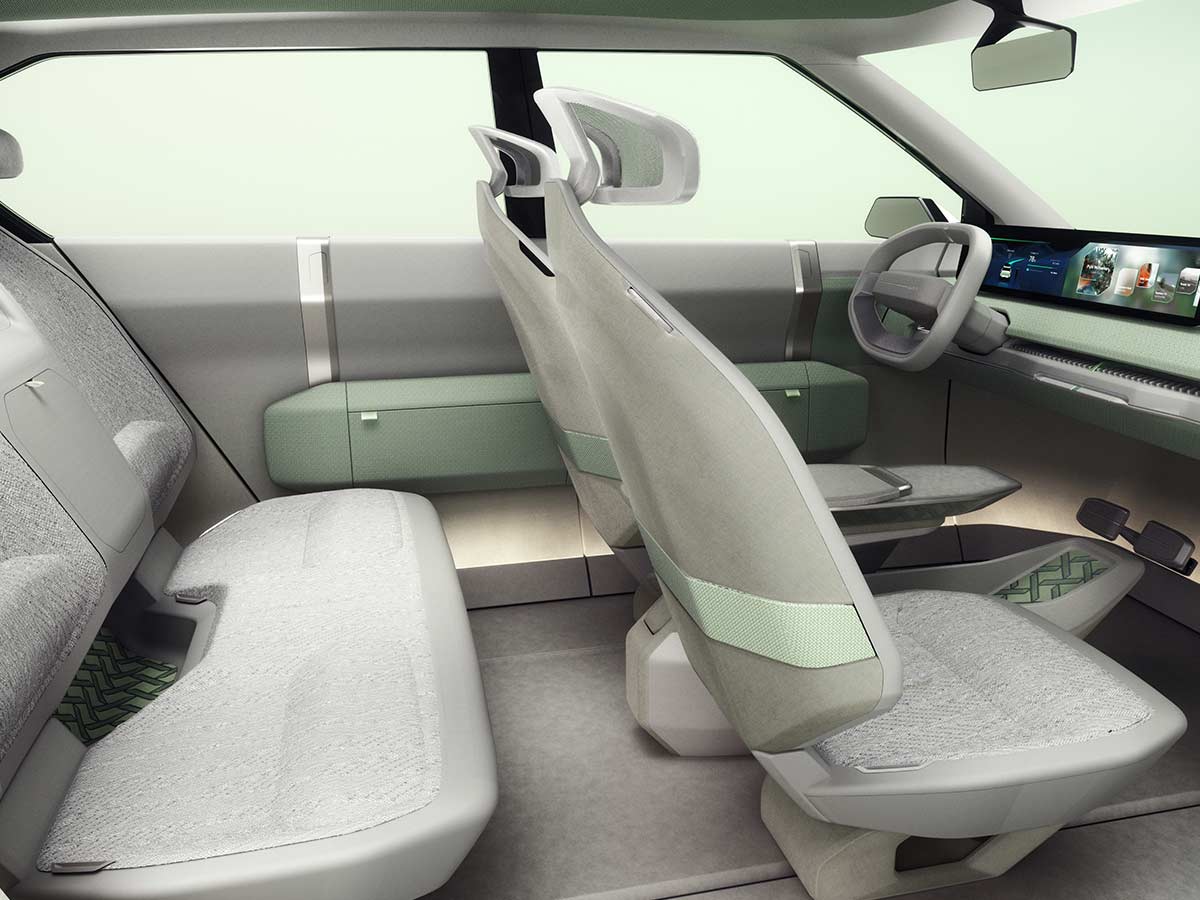
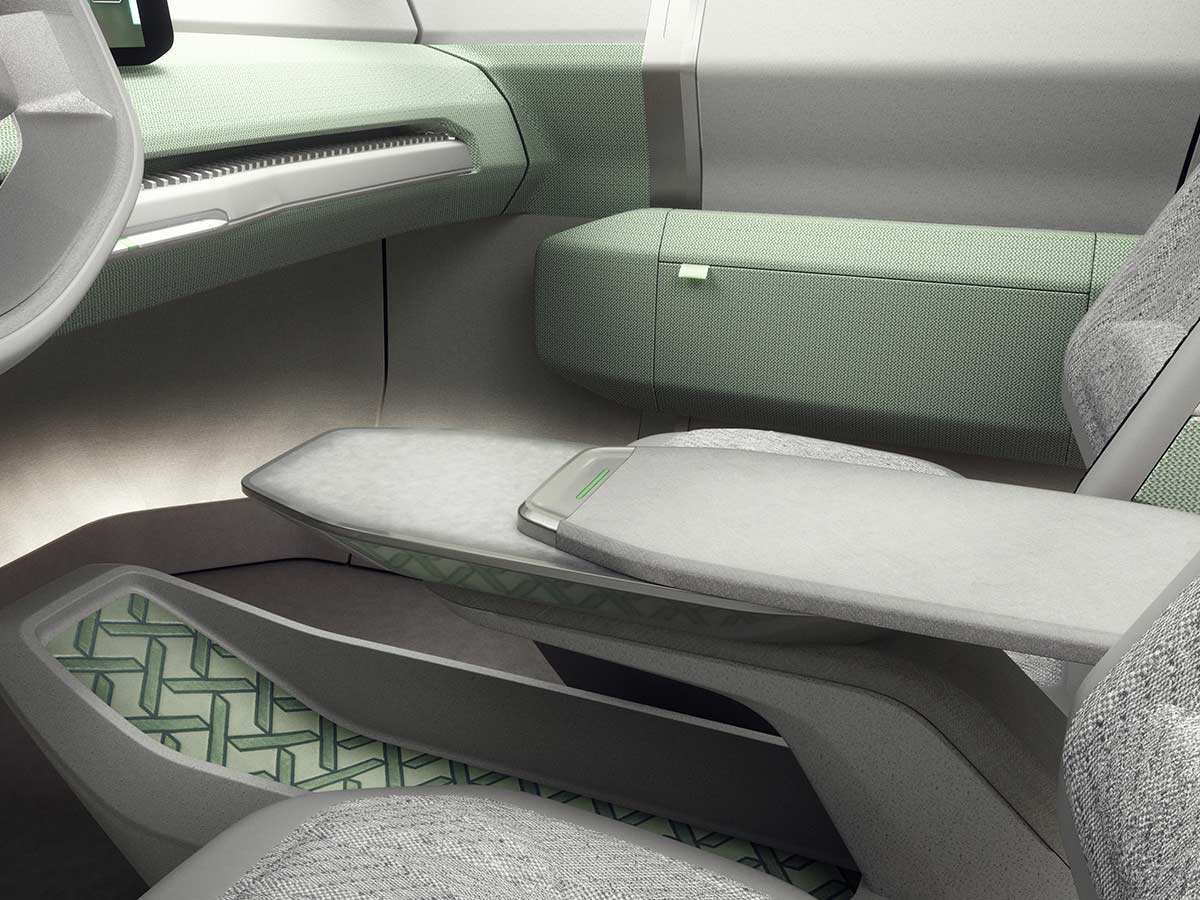
The cabin’s design, featuring an extended windscreen and an elongated sloping roofline, forges a distinct silhouette. The sturdy structure of the square wheel arches, shaped with asymmetrical angles, yields an unconventional yet impactful aesthetic. This is counterbalanced by the encompassing windscreen and detached C-pillar, seamlessly connecting the glass surfaces and creating the illusion of a floating roof.
The Concept EV3’s interior seamlessly merges practicality with a transformative cabin atmosphere and design. Rooted in the ‘Joy for Reason’ pillar, it harmonizes seemingly opposing values to create a precise product design language. The result is a cabin that brings joy to travel while offering ample space to support an active lifestyle at the destination.
This cabin also fosters emotional well-being, enhanced by soft mood lighting and an elegantly sculpted dashboard that conveys a sense of boundless possibilities on each journey.
The advanced ergonomic seat design and environmentally friendly materials align with the brand’s sustainability ethos. They combine with versatile mini tables that can be adjusted in length, position, and angle. These tables, along with the movable seats, support four customer experience-enhancing modes: Focus, Social, Refreshing, and Storage. The foldable rear bench seat is equally flexible, allowing easy storage of bulky items like electric scooters and bicycles.
In the development of the Kia Concept EV3’s interior, the Kia CMF (Color, Materials, Finish) design team drew inspiration from the “Air” element, emphasizing the optimal use of light and transparency throughout the cabin.
In the case of the Concept EV3, Kia’s CMF team opted for natural fiber structures, in contrast to carbon fiber, to create a lighter and more streamlined seat design. The use of this remarkably sturdy and sustainable fiber weave not only provides a more refined and contemporary appearance but also incorporates calming natural hues. When it comes to the seat covers, the CMF team employed 3D Knit technology. This technique not only yields a visually striking three-dimensional effect with an exceptionally soft surface but also achieves top-notch efficiency by reducing the need for stitching and seams, resulting in minimal material waste.
The material selected by Kia for the interior of the Concept EV3’s console table wasn’t produced in a factory; it was cultivated, as Marília Biill, Head of CMF Design at Kia, explains: “Mycelium, which comes from mushroom roots, combines excellent strength with an extremely soft surface. Developing grown materials, a process referred to as bio fabrication, is a major goal for Kia. Using Mycelium enables us to mimic the processes we see in nature and leverage it to design more sustainable solutions – the material can be grown in any shape you want using a mold. The use of Mycelium is still at a very early stage, and, as part of Kia’s Sustainability Strategy, we are working with partners to accelerate development of the material. One day, by growing our own materials, we’ll be able to simplify processes, adapt forms and most importantly, be closer to nature in its essence.”
